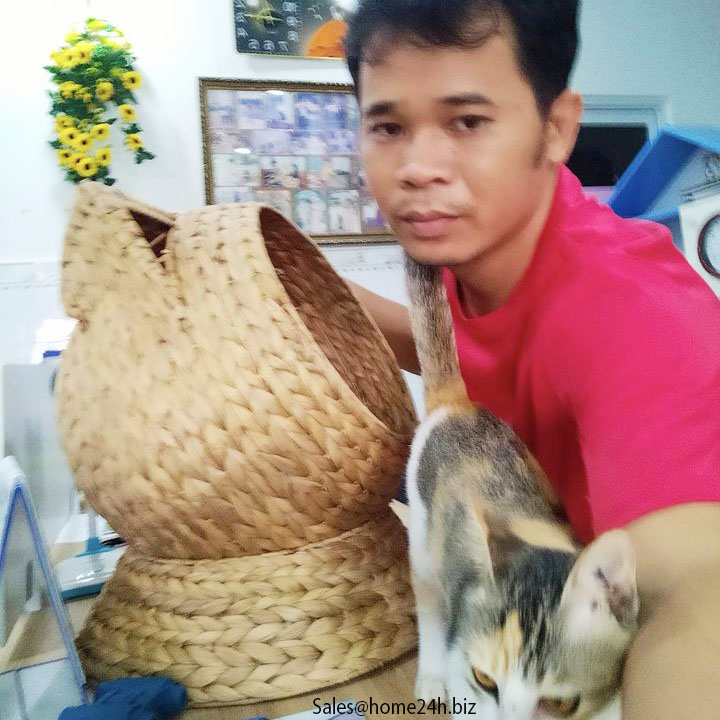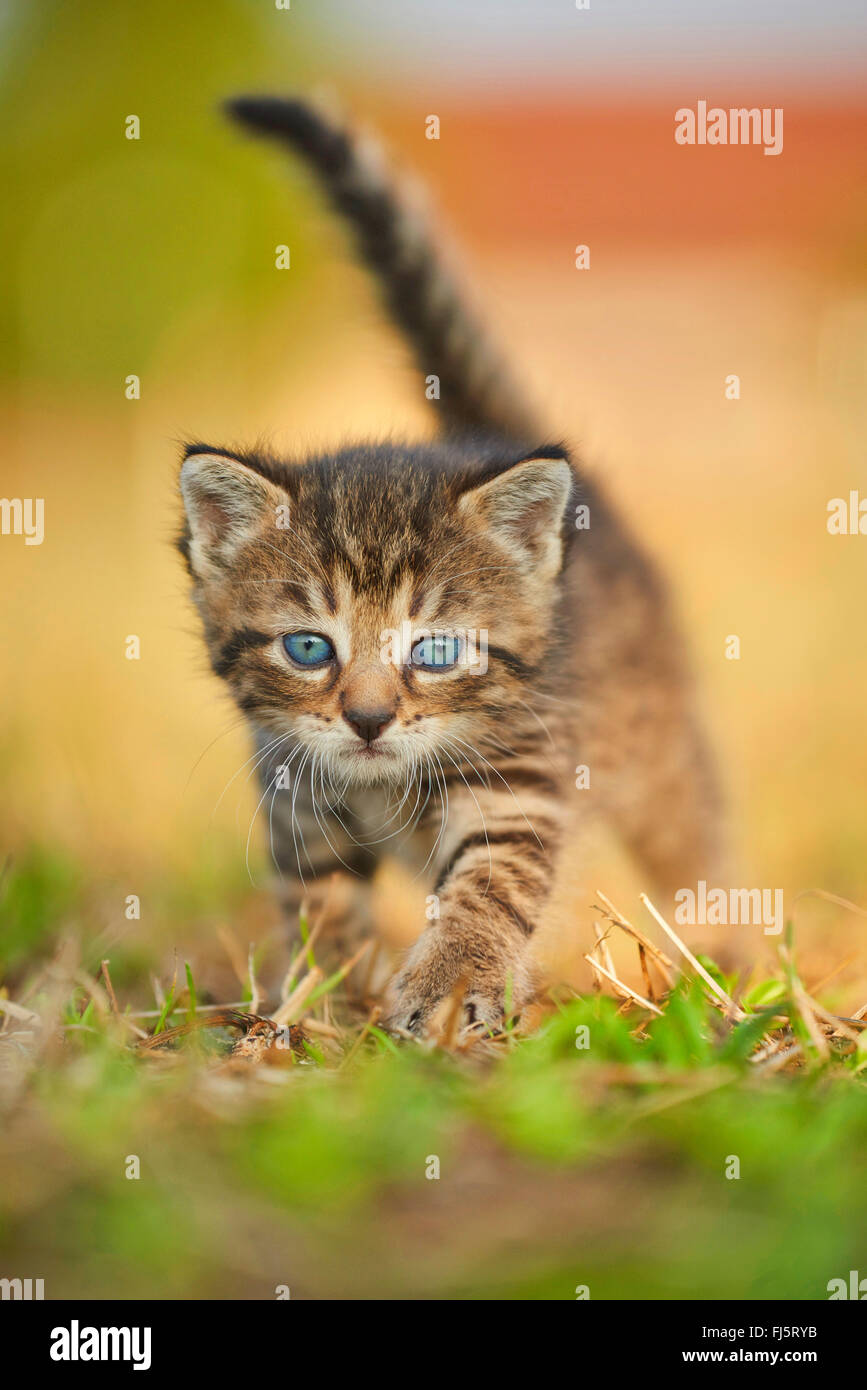Table Of Content

While every cat is different, indoor cats generally live longer due to fewer threats in their environment. You can’t always say the same if your cat is wandering outside alone. With telemedicine for pets, taking care of your cat is easier than ever.
Strange Places That Cats Hide: Olga’s Preferred Spots
A teenage cat, or even one in their twenties, is not uncommon to see. Many factors can play a role in determining how long your cat might live. Your vet will also prove essential in planning your cat’s diet. A feline’s nutritional needs will change as they age and a specialist can help ensure you’re always providing everything they require. If necessary, your vet may recommend supplementing commercial foods or even purchasing special prescription blends. On average, purebred cats live about 12.5 years and crossbred cats live a bit longer, about 14 years,” Gardner explains.

Select your cat's lifestage
In the early years of their life, you should take your cat to the vet at least once a year. When your furry feline is a senior cat, take them to the vet at least twice yearly or every six months. Older cats and those with chronic medical conditions should go more often.
What’s the average age a cat lives until?
Responsible cat owners can provide enriching indoor environments to keep confined cats healthy and engaged. Your veterinarian is a partner in pet care, an expert who’ll offer hands-on guidance from the kitten days to the senior years. They’ll guide you on how to promote a happy, healthy life at home and help to recognize warning signs before they evolve into serious health concerns. Just like people, cats are susceptible to chronic health conditions that can shorten their lives and impact their standards of living.
Lifestyle
A good vet will ensure you’re doing everything you can to maximize your time with your pet without causing them undue stress or suffering. While some cats may be fortunate to live into their twilight years, others may face health challenges that affect their lifespans. We’ll also delve into common health issues that can impact a cat’s longevity and discuss preventive measures to ensure they live their best and healthiest lives.
As with any species on the planet, health issues impact the life expectancy of cats. Some issues are breed specific, circumstantial, or spontaneous. Pet parents need to monitor grooming behavior, hairballs, and weight changes closely. Attention should be paid to oral health, and dental cleanings should be considered at this age at the discretion of your veterinarian, especially in cats resistant to routine tooth-brushing. Young adult cats are still very active and playful, but they are no longer growing physically. They have reduced calorie needs and should be eating adult cat food at this time.
The prime culprit in feline obesity is taking in more calories than expended through normal activity, growth, and metabolism. Like humans, many cats love food and can overindulge when given free-choice feeding. A cat’s bodyweight has a major impact on their expected longevity. Studies have shown overweight and obese cats suffer up to a 6-month decrease in lifespan for every 1 kg (2.2 lbs) of excess weight. In addition to the strong emotional ties you’ll build with your new feline friend, taking care of your little furball is far from cheap. In fact, according to ASPCA pet insurance, cat owners should expect to spend roughly $634 annually, or $53 per month, on their pet.
Faithful Companions: Meet the World's Oldest Cats and Dogs Still Alive Today - DISCOVER Magazine
Faithful Companions: Meet the World's Oldest Cats and Dogs Still Alive Today.
Posted: Thu, 29 Jun 2023 07:00:00 GMT [source]
How Long Do Outdoor Cats Live?
While cats may have nine lives in mythology, in reality most domestic cats live years with proper care. Indoor cats cared for by attentive owners tend to reach the higher end of that range. With meticulous care and wellness maintenance, cats can enjoy long golden years with their human families. Your cat’s life expectancy may not be the most fun topic to contemplate, but it’s important to consider what may happen to them in the future—and when. The good news is with proper care (and lots of love), you can improve your pet’s chances of staying healthy for years to come. For example, a cat’s breed and whether they spend time primarily indoors or outdoors can impact life expectancy.
Cats age fastest during their earliest life stages, and aging slows as they grow older, according to Rutherford. So you can’t equate each year of a cat’s life to a set number of human years. Lack of proper nutrition and being overfed can both lead to health problems. But feeding your cat a healthy diet that’s appropriate to its life stage, and being careful not to overfeed,, can go a long way toward promoting good health and a longer life.
The better you care for your cat, including regular vet trips and feeding them a healthy diet, the longer you can expect them to live. While cats live between 13 to 17 years of age on average, their lifespan is affected by several factors, including genetics. For example, the lifespan of a Maine Coon is 10 to 13 years, while a Savannah cat is known to live up to 20 years.
Cats who spend most of their lives outside and are largely unsupervised have a life expectancy of 2 to 5 years. While they may still be energetic and active, they may begin to develop old-age ailments and have more difficulty maintaining a healthy weight. They originate from the Near East countries where they were domesticated from wild cats to help control rodent populations.
Crème Puff was a domestic shorthair cat that was sometimes fed odd things such as asparagus, eggs, and heavy cream. It is unknown exactly how Crème Puff was able to live to be such an old cat, but a combination of loving care, good genetics, and a safe environment were probably key factors. Cats may look lazy, but that doesn’t mean they can do without physical and mental stimulation. Regular exercise isn’t just essential for keeping pets healthy, it’s crucial for their happiness too! Keeping pets engaged with toys and opportunities to explore can keep them from growing bored and listless while promoting mental sharpness into their geriatric period.
The 10 Longest Living Cat Breeds – PureWow - PureWow
The 10 Longest Living Cat Breeds – PureWow.
Posted: Mon, 23 Jan 2023 08:00:00 GMT [source]
Your veterinarian can provide guidance on nutrition, exercise, preventive care, and any necessary treatments or medications. Similarly to dogs, cat life stages can be roughly equated to human years, meaning that we can calculate a cat’s age both in cat years and human years. However, this is complicated, as cats mature much more in their first human year than they do for the rest of their lives. This is much like humans, who age slower and slower as years go by. Below you will find ages in terms of cat years equated roughly to human years.
The environment in which a cat lives also plays a crucial role in their lifespan. Cats that live indoors tend to have longer lifespans compared to those that are allowed to roam outdoors. Indoor cats are protected from the dangers of traffic accidents, predators, and exposure to infectious diseases. Creating a safe and stimulating environment indoors can greatly contribute to a cat’s overall health and longevity.
As a cat owner, it is your responsibility to provide your cat with a healthy, balanced feline nutrition that will support a long lifespan. Always having fresh water available to them is a crucial part of a balanced diet. As cat owners, it is our responsibility to provide the best possible care for our furry friends. Keep in mind that there are several factors that determine how long a cat is going to live. For example, cats who are overweight may not live as long, and the same goes for cats who aren’t eating a healthy diet.
Other commercial diet options include a fresh subscription food. Mature adult cats may start slowing down—they won’t play as often and can move into a more sedentary lifestyle. This has increased dramatically over the past few decades, with the average cat living to just seven years in the early 1980s, and just over nine years in 1995.

No comments:
Post a Comment